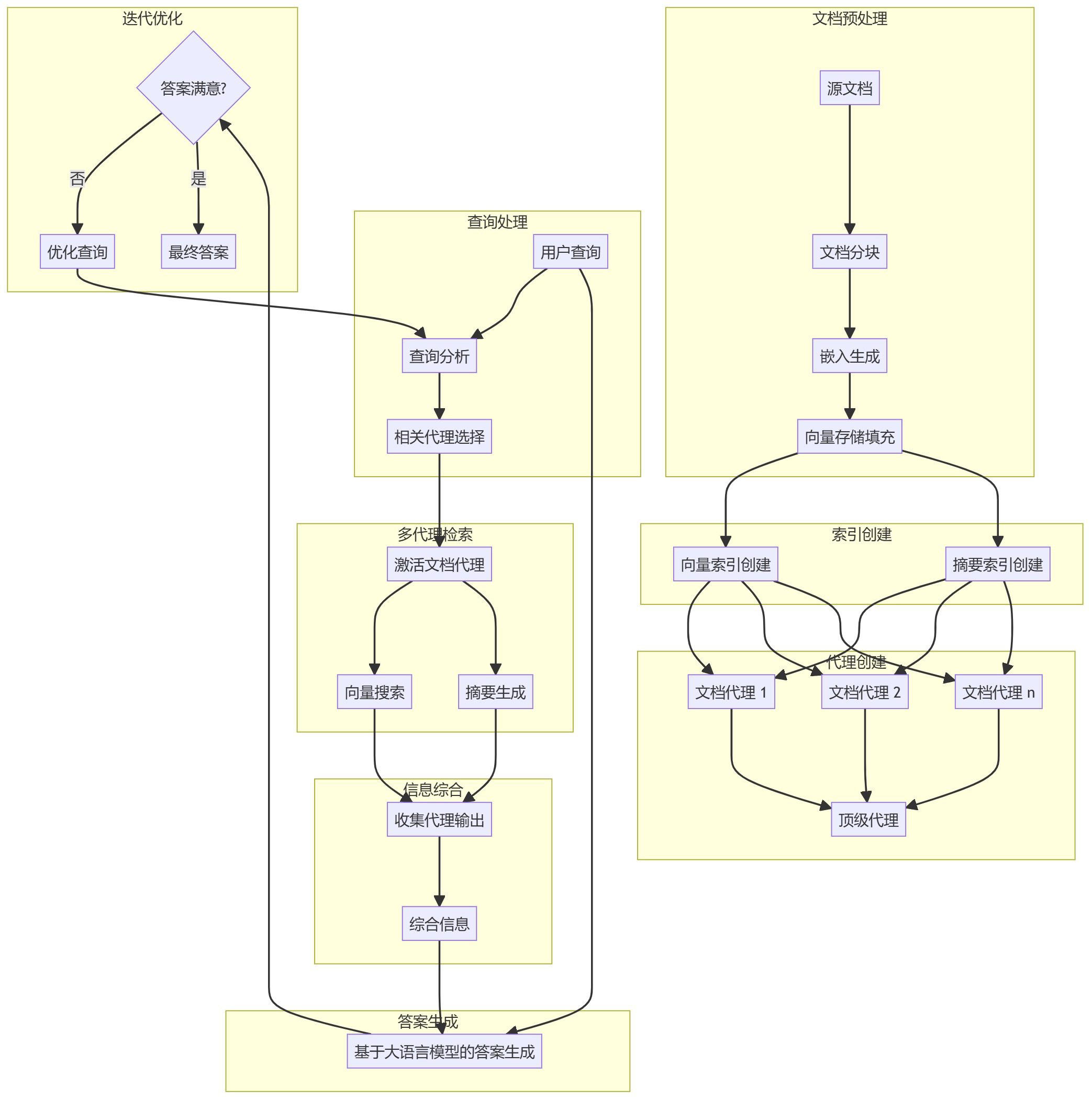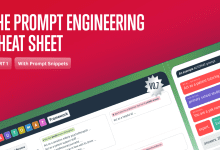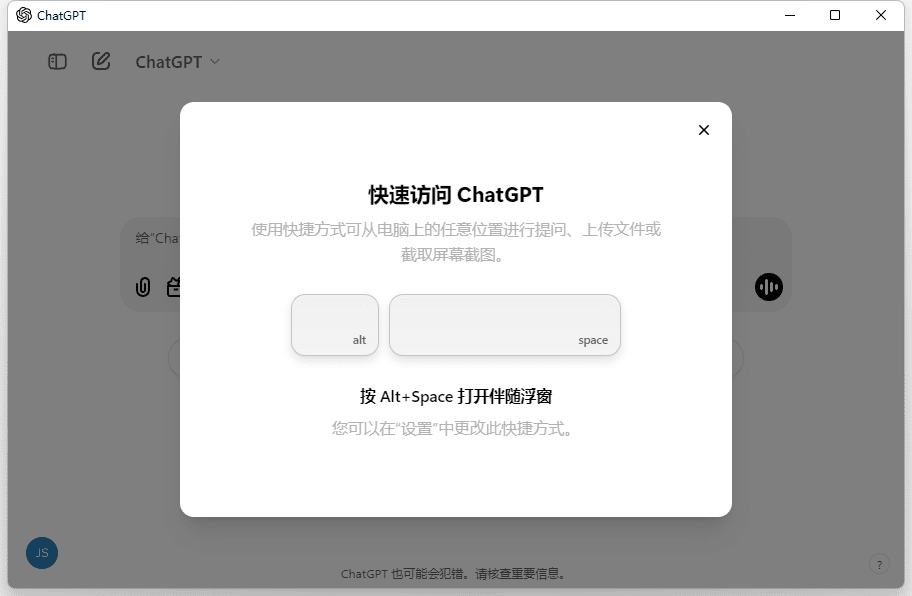AI Engineering Institute: 2.17 Multi-Document Agentic RAG (Multi-Document Intelligent Retrieval Enhanced Generation)

introductory
Improving retrieval enhancement generation based on intelligent body approach. Multi-Document Agentic Intelligent Retrieval Enhancement Generation (Multi-Document Agentic). RAG, Retrieval Augmented Generation) is an advanced information retrieval and generation method that combines the advantages of technologies such as multi-document processing, intelligent body systems and Large Language Modeling (LLM). The approach aims to address the limitations of traditional Retrieval Augmented Generation (RAG) systems by introducing intelligent corpora, especially for processing complex queries across multiple documents.
https://github.com/adithya-s-k/AI-Engineering.academy/tree/main/RAG/12_Agnetic_RAG
locomotive
While traditional Retrieval Augmented Generation (RAG) systems excel at retrieving relevant information from a single document, they typically face the following challenges:
- Handling queries across multiple documents
- Compare and contrast information from different sources
- Provide responses based on contextual relevance and taking into account relationships between documents
- Efficient retrieval of information from large and diverse data sets
Multi-Document Agentic RAG (Multi-Document Intelligent Search Enhanced Generation) These challenges are overcome by the introduction of specialized document intelligences and top-level intelligences that can provide more comprehensive and detailed responses to user queries.
Method details
Document preprocessing and vector storage construction
- Document Import: Process the source document and divide it into smaller, manageable pieces.
- Generate Embedding Vector (Embedding): Create embedding vectors for each text fragment.
- vector storage: Storing embedded vectors into a vector database for efficient retrieval.
- Index Creation: Create a vector index and a summary index for each document.
Multi-Document Agentic RAG (MDA) Workflow
- Document Intelligence Creation: Create specialized intelligences for each document that have access to the following tools:
a. Vector-based query engine for semantic retrieval within documents
b. Summary query engine to generate document summaries - Top Level Intelligence Body Setup: Create a master Intelligence that can access and coordinate all Document Intelligences.
- query processing: The top-level intelligences analyze the user query and determine the document intelligences to invoke.
- Cooperative Intelligent Body Search::
a. Activate relevant document intelligences based on the query.
b. Each intelligence performs retrieval or summarization tasks as needed. - Summary of information: The top-level intelligences collect and integrate information from multiple document intelligences.
- Generate Answers: Generate comprehensive responses using synthesized information and user queries through the Large Language Model (LLM).
- Iterative optimization: If needed, the system can perform multiple search and generation cycles to optimize the final answer.
Key Features of Enhanced Generation for Intelligent Multi-Document Retrieval
- Specialized Document Intelligence: Each document has its own independent intelligence, ensuring that the retrieval process is focused and efficient.
- hierarchical structure of intelligent bodies: Contextual reasoning across multiple documents through the coordination of top-level intelligences.
- Flexible Search: Support for specific fact queries and thematic broad exploration across multiple documents.
- Dynamic tool selection: The top-level intelligences automatically select the most suitable tool (vector retrieval or summary generation) based on different subqueries.
- Cross-document information analysis: Support for comparing and synthesizing information between multiple documents.
Advantages of the method
- Enhancing Contextual Comprehension: Through the collaboration of multiple document intelligences, the system is able to provide more contextually relevant answers.
- Enhancement of comparative analytical skills: Ability to easily compare information across multiple documents or topics.
- Highly scalable: Efficient processing of large and diverse datasets through distributed intelligent body design.
- Flexible Adaptability: Different types of query needs can be met, from specific fact-checking to open cross-document exploration.
- Reducing the phenomenon of model hallucinations: The multi-intelligent body architecture helps to enhance the authenticity and accuracy of LLM through multi-source information verification.
reach a verdict
Multi-Document Agentic RAG (Multi-Document Intelligent Search Enhanced Generation) It is a major advancement in the field of retrieval-enhanced generation techniques. It provides a more detailed, contextually relevant and scalable solution for information retrieval and generation by combining the intelligent body approach with traditional RAG techniques. The method provides new possibilities for building smarter and more responsive AI systems, especially in handling complex, multi-source information queries, which shows great potential.
© Copyright notes
Article copyright AI Sharing Circle All, please do not reproduce without permission.
Related articles

No comments...




